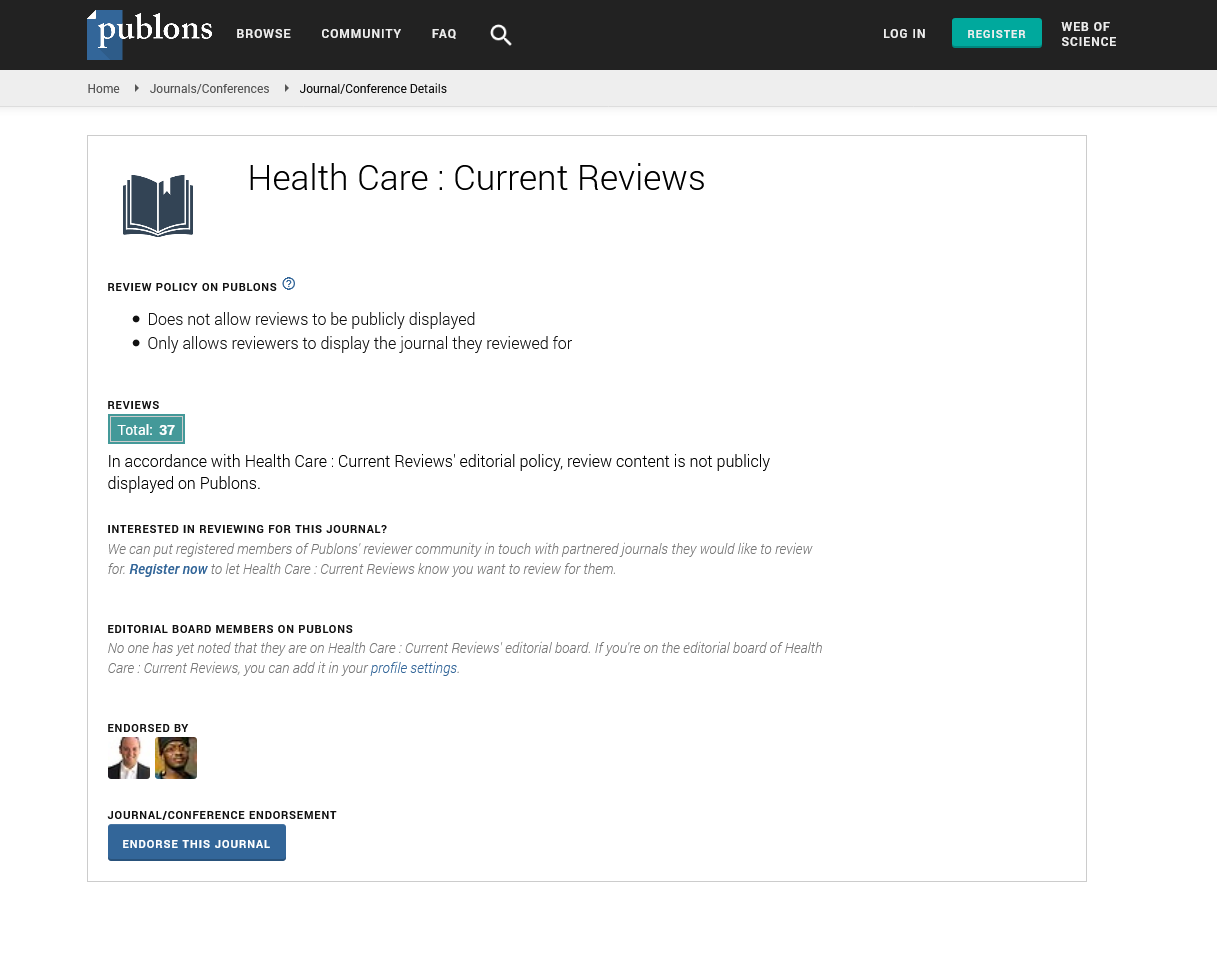Indexed In
- Open J Gate
- Academic Keys
- RefSeek
- Hamdard University
- EBSCO A-Z
- Publons
- Geneva Foundation for Medical Education and Research
- Google Scholar
Useful Links
Share This Page
Journal Flyer

Open Access Journals
- Agri and Aquaculture
- Biochemistry
- Bioinformatics & Systems Biology
- Business & Management
- Chemistry
- Clinical Sciences
- Engineering
- Food & Nutrition
- General Science
- Genetics & Molecular Biology
- Immunology & Microbiology
- Medical Sciences
- Neuroscience & Psychology
- Nursing & Health Care
- Pharmaceutical Sciences
Structure activity relationship studies of novel SARS-CoV-2 papain-like protease inhibitors
35th Global Healthcare Summit
January 27-28, 2025 Webinar
Kouki Shinohara1*, Takuya Kobayakawa1, Kohei Tsuji1, Yuki Takamatsu2, Hiroaki Mitsuya2 and Hirokazu Tamamura1
1Institute of Science Tokyo, Japan 2National Center for Global Health and Medicine Research Institute, Japan
Posters & Accepted Abstracts: Health Care Curr Re
Abstract:
Severe acute respiratory syndrome coronavirus 2 (SARS-CoV-2), which causes coronavirus disease 2019 (COVID-19), has not yet been eradicated. SARS-CoV-2 has two types of proteases, a main protease (Mpro) and a papain-like protease (PLpro). Papain-like protease (PLpro) is a viral protease essential for SARS-CoV-2 replication in concurrence with a main protease. The active site of PLpro from SARS-CoV, the causative virus of the Severe Acute Respiratory Syndrome (SARS) outbreak in 2002, exhibits 100% homology to that of SARS-CoV-2 PLpro. Dr. Mitsuya and colleagues found that a SARS-CoV PLpro inhibitor, GRL-0048, showed inhibitory potency against SARS-CoV-2. Therefore, we started structure-activity relationship (SAR) studies using GRL-0048 as a lead compound to develop more potent SARS-CoV-2 PLpro inhibitors. We previously developed several potent SARS-CoV-2 Mpro inhibitors, including TKB245 and TKB248, by introducing fluorine atoms into lead compounds to induce an effective fluorine-associated interaction with Mpro and enhance cellmembrane permeability. In this study, we designed and synthesized novel compounds using GRL-0048 as a lead compound. A docking simulation of GRL-0048 with SARS- CoV-2 PLpro identified suitable sites for fluorine substitutions at suitable sites in the inhibitor molecules where there is space for the interaction with SARSCoV- 2 PLpro. Structure-activity relationship studies led to the development of several inhibitors exhibiting superior potency compared to GRL-0048.
Biography :
Kouki Shinohara earned his Bachelor's degree in Chemistry from Kitami University and his Master's degree in Medical Engineering and Health Sciences from Tokyo Medical and Dental University. He is currently a doctoral student in Biomedical Engineering and Medical Science at the same university, focusing on developing novel inhibitors for SARS-CoV-2 under the guidance of Professor Hirokazu Tamura. He is also a Science Tokyo Spring Fellow.

